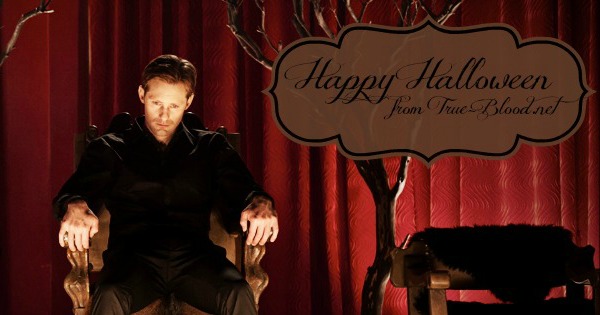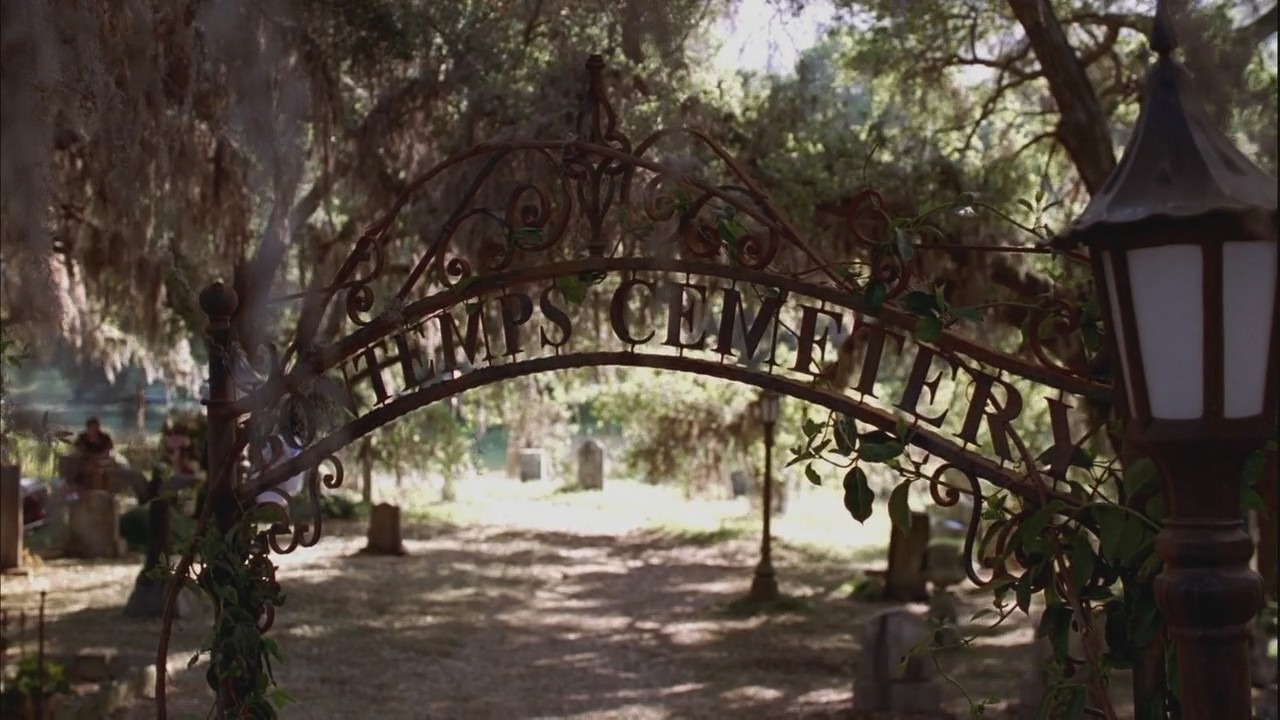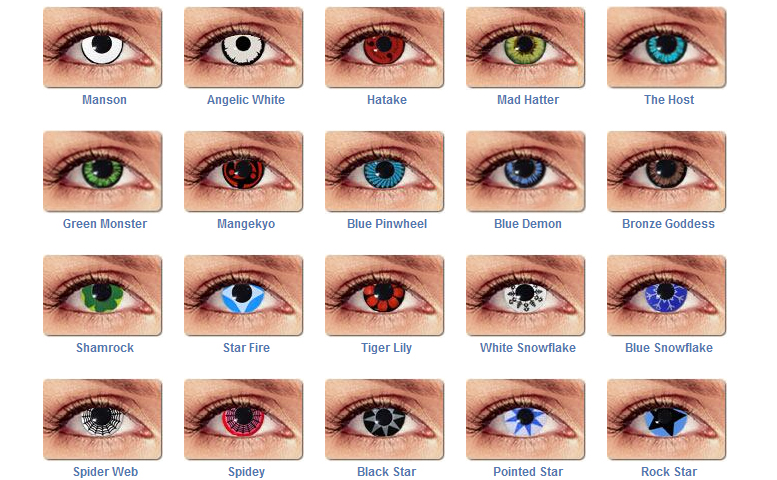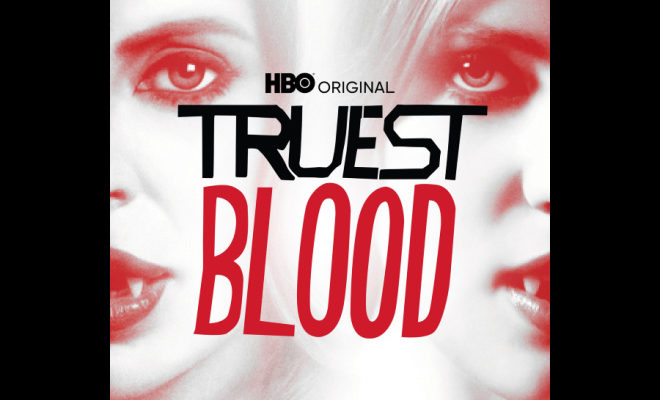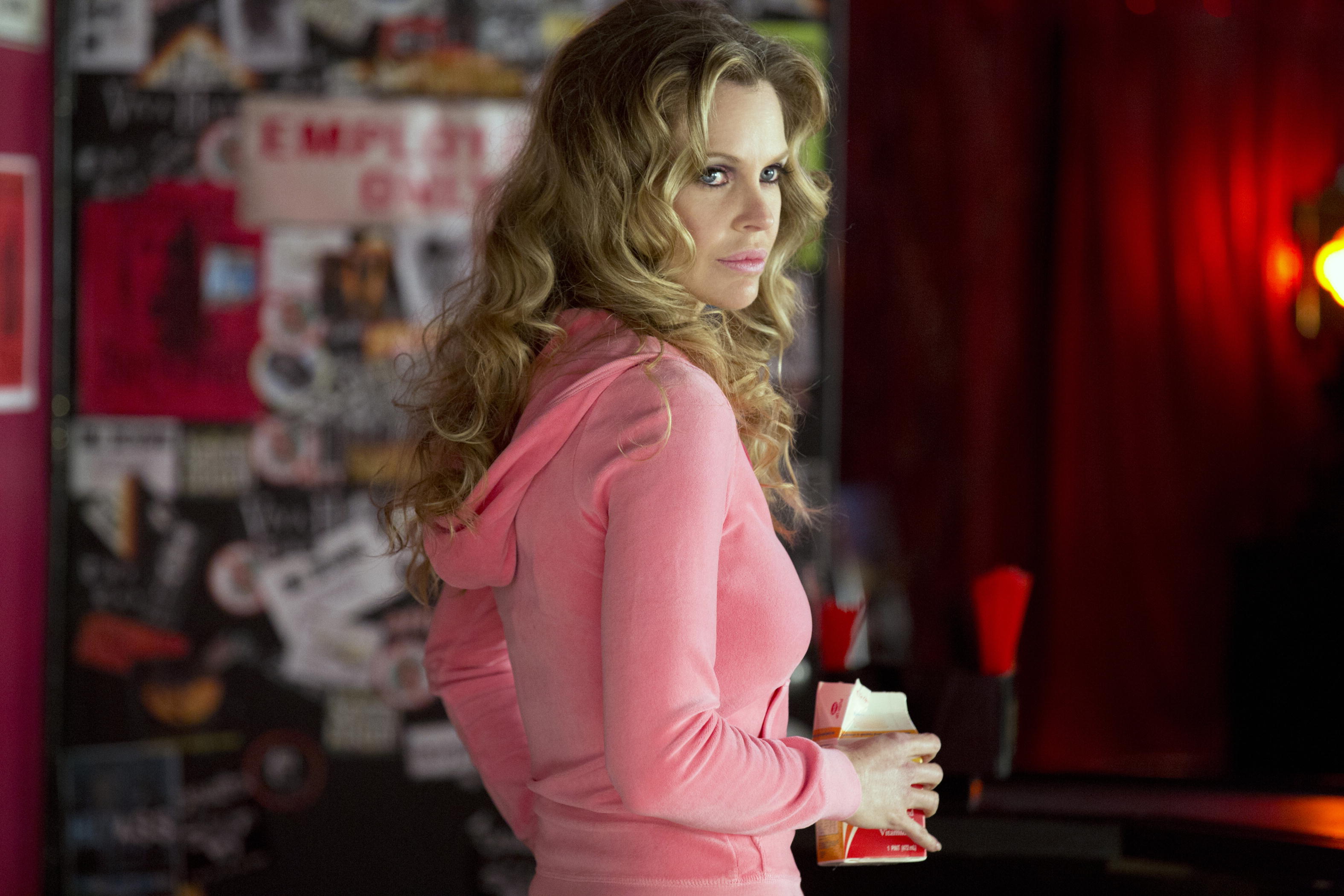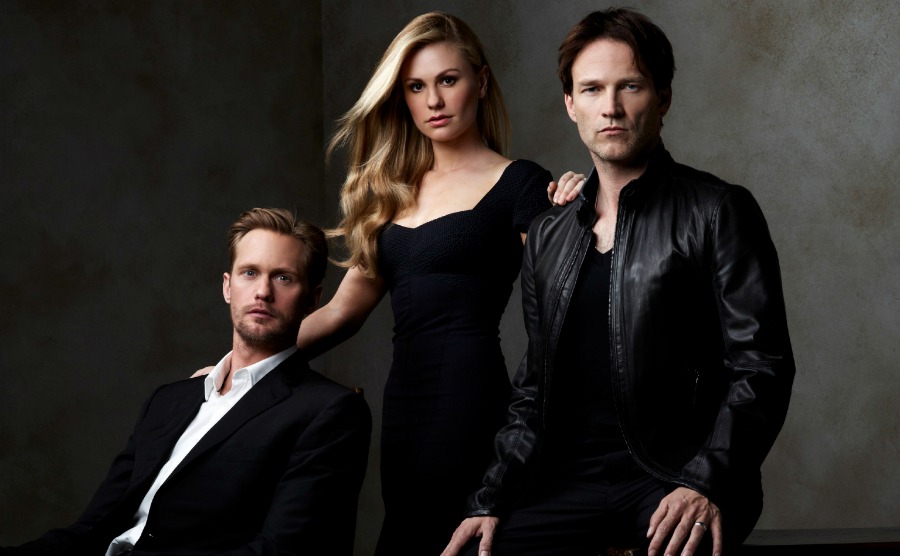Halloween Mythology: Samhain – The Origins of Halloween Part 1
Samhain (pronounced sow-win) was the ancient Celtic New Year. In pre-Christian Europe, there were two major seasons: Winter and Summer. Winter began with Samhain and Summer began with Beltaine.
Samhain marks the end of the growing and harvesting year. It was a time when family groups got together in their communtities and braced itself for the longer nights and the brutal cold. Celebrations during this time were important to mark the passage of time and reaffirm community and family connections and honor those who had left this existence and gone on to the next.
To the Celt, death was not the end, but a continuation of experience. They who have gone on are never really that far from us and there were times when the door between the land of the living and the land of the dead is open and we can commune again with our absent loved ones. They too were invited to join in in the merry making and celebration. There they would celebrate our accomplishments, console us at our losses and prepare for a new year full of promise.
Wearing costumes and masks have been a part of religious practice and celebration since the beginning of time. It was not unusual for people to wear masks representing the indigenous animals, the gods and the elements. All people dressed up, not just the children, and special treats and gifts were given. Stories about the gods, about those who are gone before, and bawdy or silly stories entertained the celebrants, both living and dead. There were even some forms of trickery and jokes during the celebration. Fear rarely played into early pagan celebrations of Samhain.
When Europe began to become Christianized, the Church sought to do away with pagan practices. They created a feast centered on the belief that the dead needed our prayers, something that would stand in place of the celebration honoring the dead. Death in early Christian thought was something to be dreaded and the dead were waiting for Final Judgment, not living on in some happy other world. To be dead without the comfort of the Church was to be a lost soul, wandering lonely and afraid. And of course any dead soul still in this world was a tormented perhaps demonic creature, much like the demons the old gods had now become.
Now, tales that had once been tales to honor those who were continuing their journey were now tales of horror. Fear was the spirit of the night and instead of beloved ancestors roaming under the starry night, the world was a world of menacing shadows inhabited by witches, Vampires and Werewolves and evil spirits.
Much to the Church’s chagrin, making Samhain, now All Hallow’s Eve a darker feast did not stop the celebration of the dead. It simply put on a costume. Instead of being an obvious celebration of the old ways, it was full of suspense, trickery and a new set of growing traditions.
Sources: The Witch Book by Raymond Buckland, Celebrating the Seasons: Samhain to Ostara by Ashleen O’Gaia, The Encyclopedia of Witchcraft by Rosemary Ellen Guiley, Pagan Ways by Lewis Spence.

